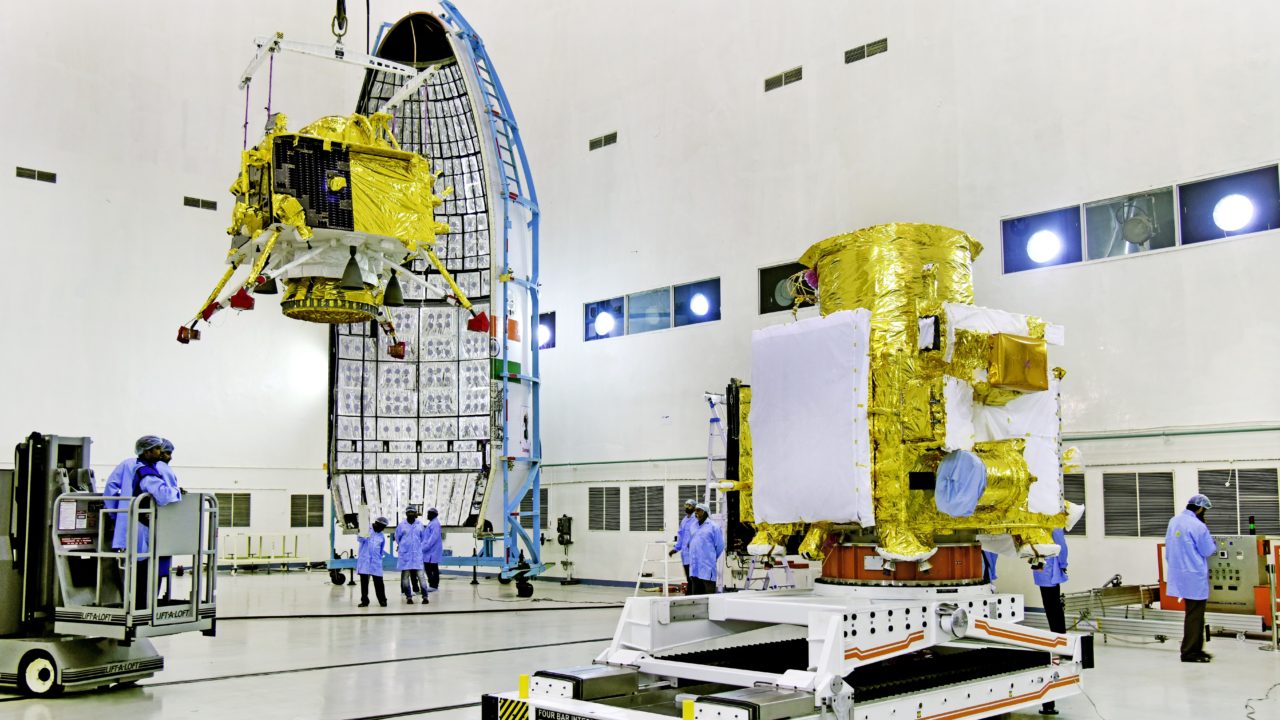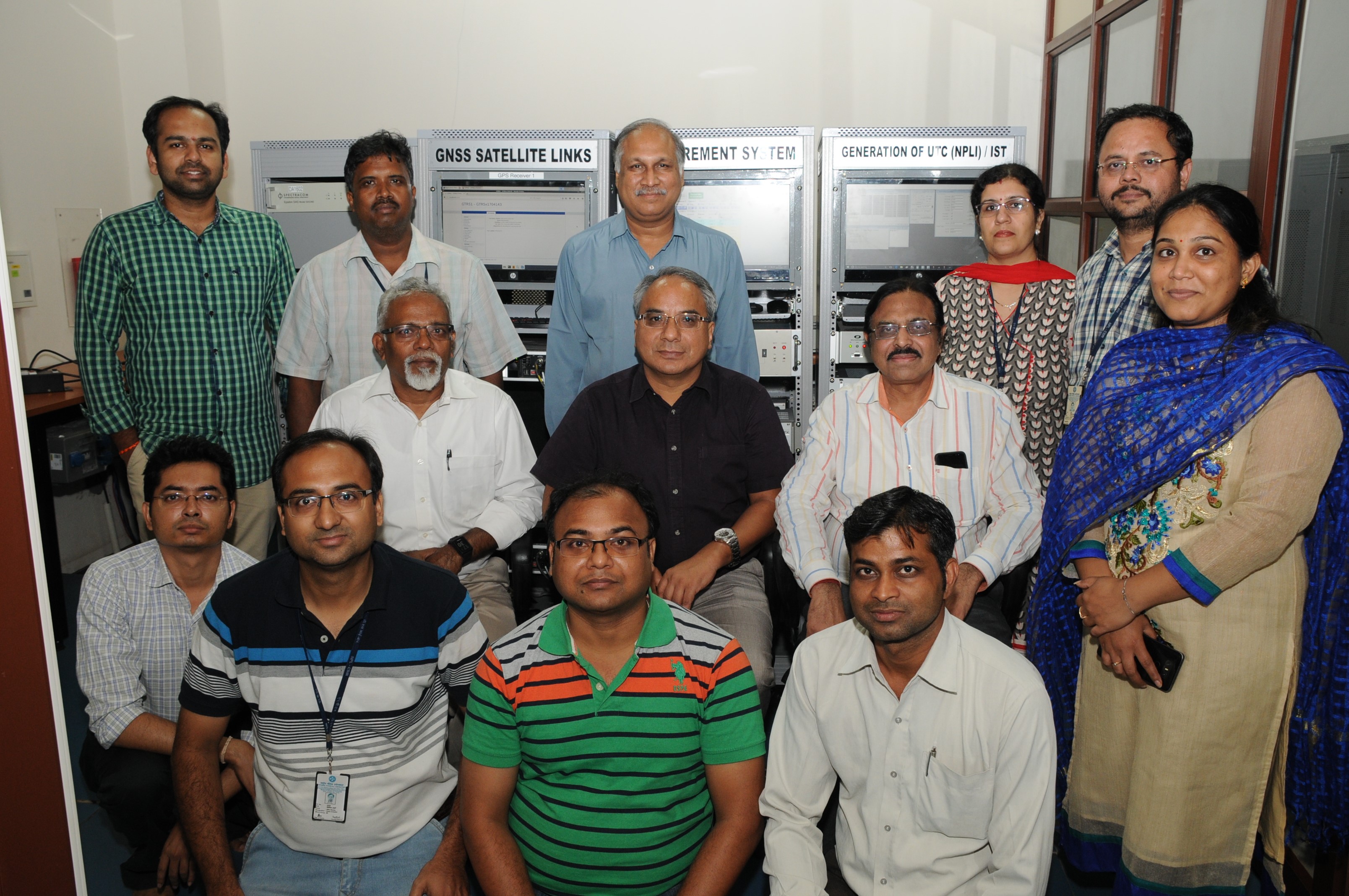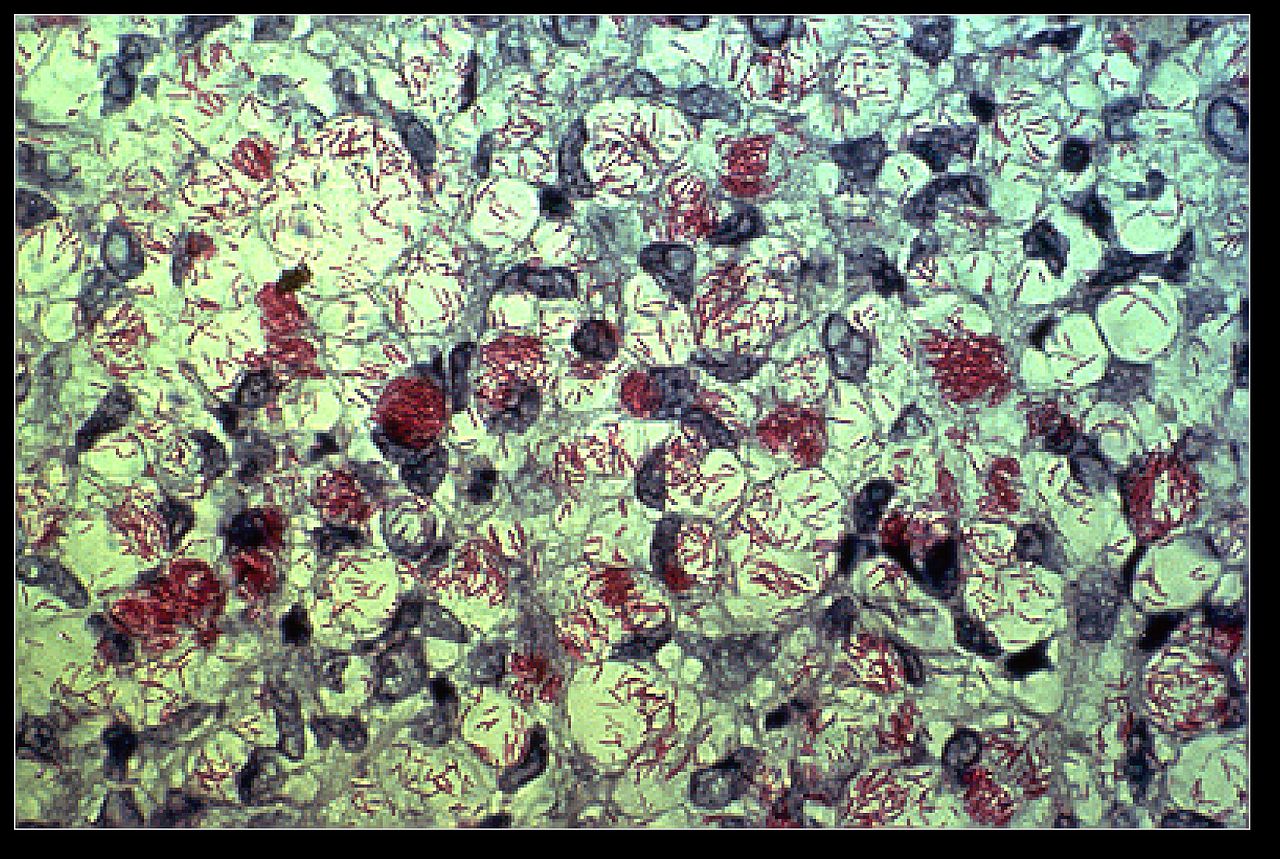
Rewind 2019: Vikram Made Headlines but The Year Saw Many Significant Developments in Indian Science
- News
- 1.3K
Chandryaan-2 may have dominated popular imagination during 2019 despite the lander Vikram failing to soft-land on the lunar surface, but the year was marked by several significant developments by Indian scientists in fields ranging from nanotechnology to climate change.
The run-up to the lunar mission with the planned landing of the lander-cum-rover, the launch campaign, the journey to the lunar orbit and the landing sequence all attracted national and international attention. The year ended in triumph for citizen science when Chennai-based software engineer, Shanmuga Subramanian, discovered debris of Vikram on the lunar surface using publicly available high-resolution images of the landing site. This development comes close to a rise in citizen science initiatives in the country.
Staying with space and astronomy, star of an exoplanet was named after Indian physicist, Bibha Chowdhury, and preparations are on to watch the annular solar eclipse in parts of south India on December 26. During the year, Indian software engineers got ready software that will run the Thirty Meter Telescope (TMT) which is slated to be the world’s largest ground-based telescope operating at optical and infrared wavelengths. Details about TMT and other international Big Science projects in which India is participating were on display in a roving exhibition called Vigyan Samagam which attracted huge crowds.
Climate change: Responding to climate change impacts being seen in the Himalayan region, Indian scientists developed a common framework for assessment of climate change vulnerability in all the states in the region, using an index based on socio-economic factors, demographic and health status, sensitivity of agricultural production, forest-dependent livelihoods and access to information, services and infrastructure. This knowledge will now be applied to develop a countrywide map of climate vulnerability.
Scientists from the Indian Institute of Tropical Meteorology (IITM) found a link between warming of the Indo-Pacific Ocean and changing rainfall patterns in many parts of the globe, including India. The warming pools of the Indo-Pacific Ocean are expanding and this, in turn, is altering a major weather phenomenon known as the Madden Julian Oscillation (MJO). The warming of the Indo-Pacific Ocean is occurring due to man-made emissions. Another group from the Indian Institute of Science warned that as many as 55 percents of glaciers in the Satluj basin may disappear by 2050 and 97 percent by 2090 under extreme climate change scenarios. Using ice thickness of glaciers as the basis, scientists also estimated that glaciers in the Hindu Kush Himalayas might contain 27% less ice than previously suggested.
Eco-friendly technologies: The year saw progress towards the development of less polluting crackers with the Council of Scientific and Industrial Research (CSIR) releasing the first set of ‘green crackers’. A national center to pursue R&D in clean coal technologies was also opened in Bangalore. Eight teams of innovators from different parts of the world were selected for an international competition to develop more efficient and climate-friendly cooling solutions for residential buildings. The team will get seed money to translate their ideas into prototypes. The final winner of the Global Climate Prize will be announced in November 2020.
Indian genomic data: In an important development, the Delhi-based Institute of Genomics and Integrative Biology (IGIB) and Hyderabad-based Centre for Cellular and Molecular Biology (CCMB) completed whole genome sequencing of 1008 Indian individuals representing diverse ethnic groups in the country. The data will act as baseline information for developing various applications in predictive and preventive medicine.
Scientists from CCMB also found underlying genetic factors for infertility among Indian men. This knowledge could help in developing a genetic test for male infertility in the near future. As part of genetic studies to trace the origins of population groups in the Indian sub-continent, it had been seen that the sizeable population group of Mundas in central and northeast India shares genetic ancestry with Southeast Asian populations as well. A study revealed how and when this admixture between Mundas and Southeast Asian populations took place.
The Department of Biotechnology (DBT) launched a new human atlas initiative called Manav to develop a unified database of a molecular network of all the tissues in the human body and to derive a holistic picture of the working of the human body. This mega project will collate and integrate molecular information on human tissues and organs that currently lies hidden in research articles in an unstructured and disorganized form.
Developments in gene editing: Indian scientists developed a new variant of the currently popular gene-editing tool, CRISPR-Cas9, and showed that it can increase precision in editing genome while avoiding unintended changes in DNA. The researchers showed that this type of gene editing can be used to correct sickle cell anemia, a genetic blood disorder. The experiments were done in human-derived cells from patients of sickle cell anemia, according to findings published in Proceedings of the National Academy of Sciences (PNAS).
New nanomaterials: Continuing their work in nanoscience and technology in 2019, scientists at the Mumbai-based Tata Institute of Fundamental Research (TIFR) used gold nanoparticles and by rearranging size and gaps between them to develop new material with unique properties like the capacity to absorb light and carbon dioxide. Gold does not have these properties, therefore ‘black gold’ has been called a new material. In appearance it is black, hence the name ‘black gold.’
Boosting rice productivity: Scientists at the National Institute of Plant Genome Research (NIPGR) identified a gene involved in regulating the size of rice grain. The new development represents a new approach towards developing rice varieties that produce bigger and consequently heavier grains. Scientists from the Bose Institute came up with a new salt-tolerant transgenic rice plant by over-expressing a gene from wild rice called Porteresia coarctata into the commonly used IR 64 indica rice variety.
Other important developments during the year included a new plan to establish a museum for marine archaeology at Lothal, a new satellite-based weather information service for deep-sea fishers, grand challenge for cancer research to develop affordable cancer diagnostics and treatment, a white paper on e-cigarettes that led to its ban in India and new initiative to boost malaria research in the country. (India Science Wire)
If you liked this article, then please subscribe to our YouTube Channel for the latest Science & Tech news. You can also find us on Twitter & Facebook.


